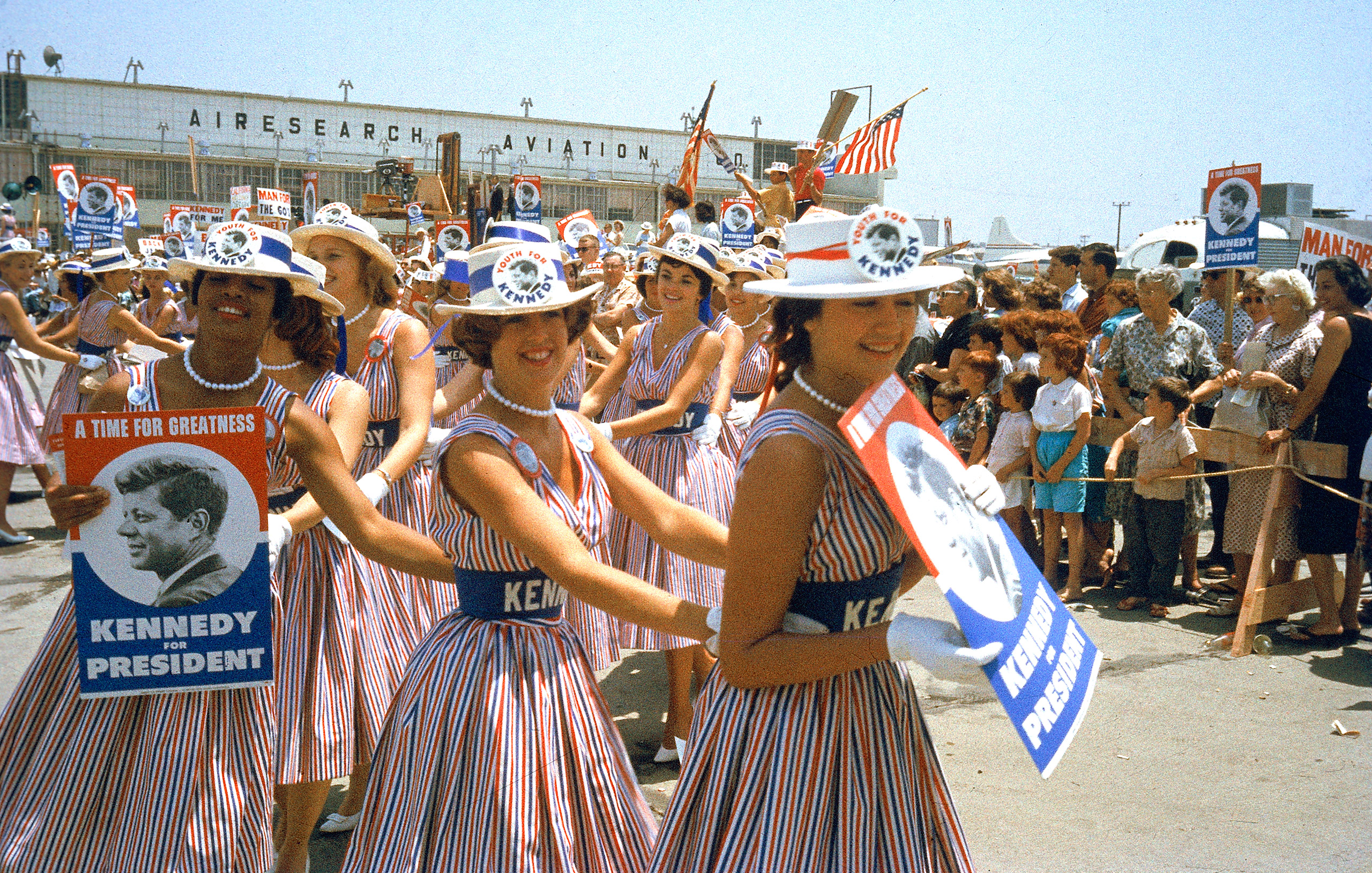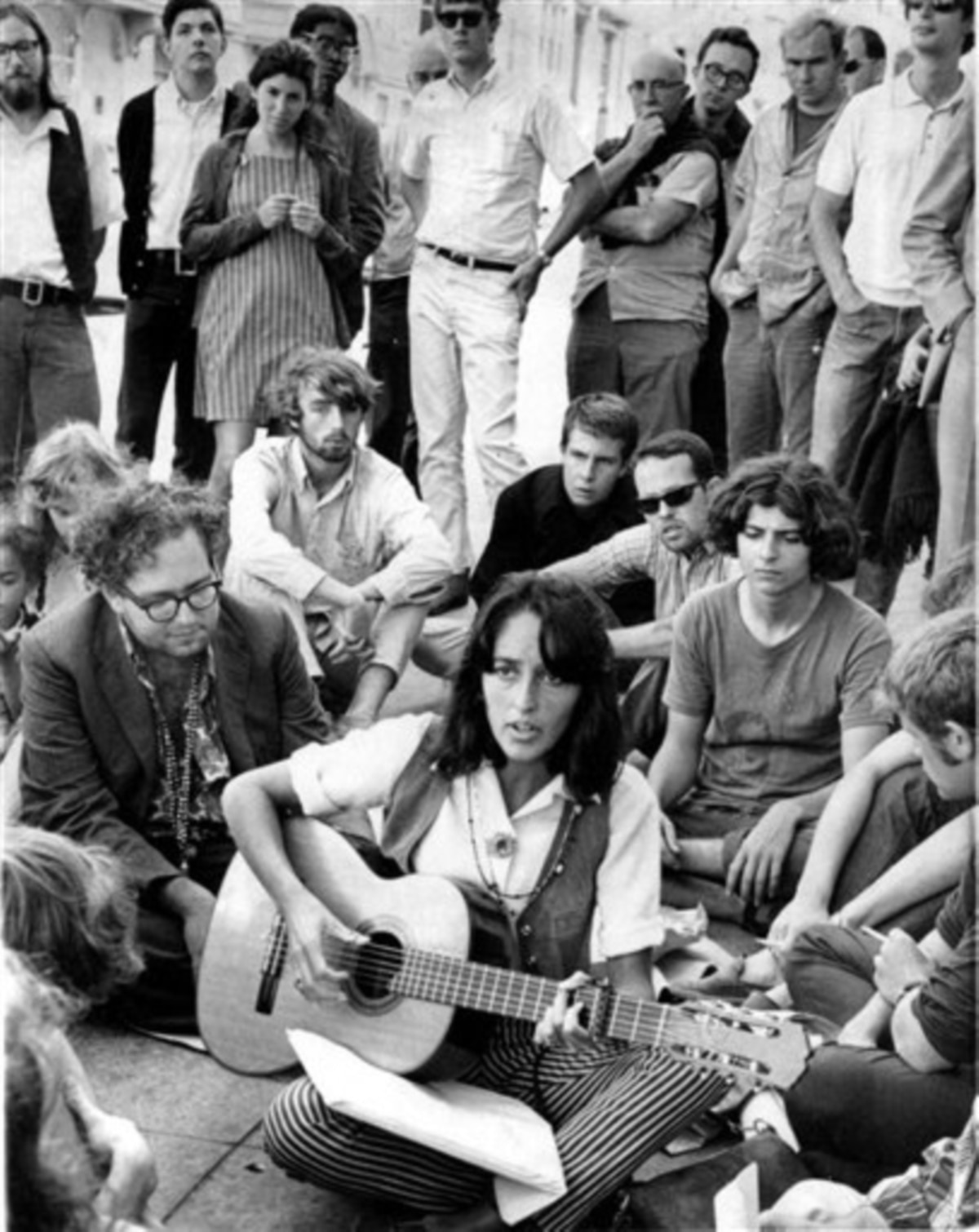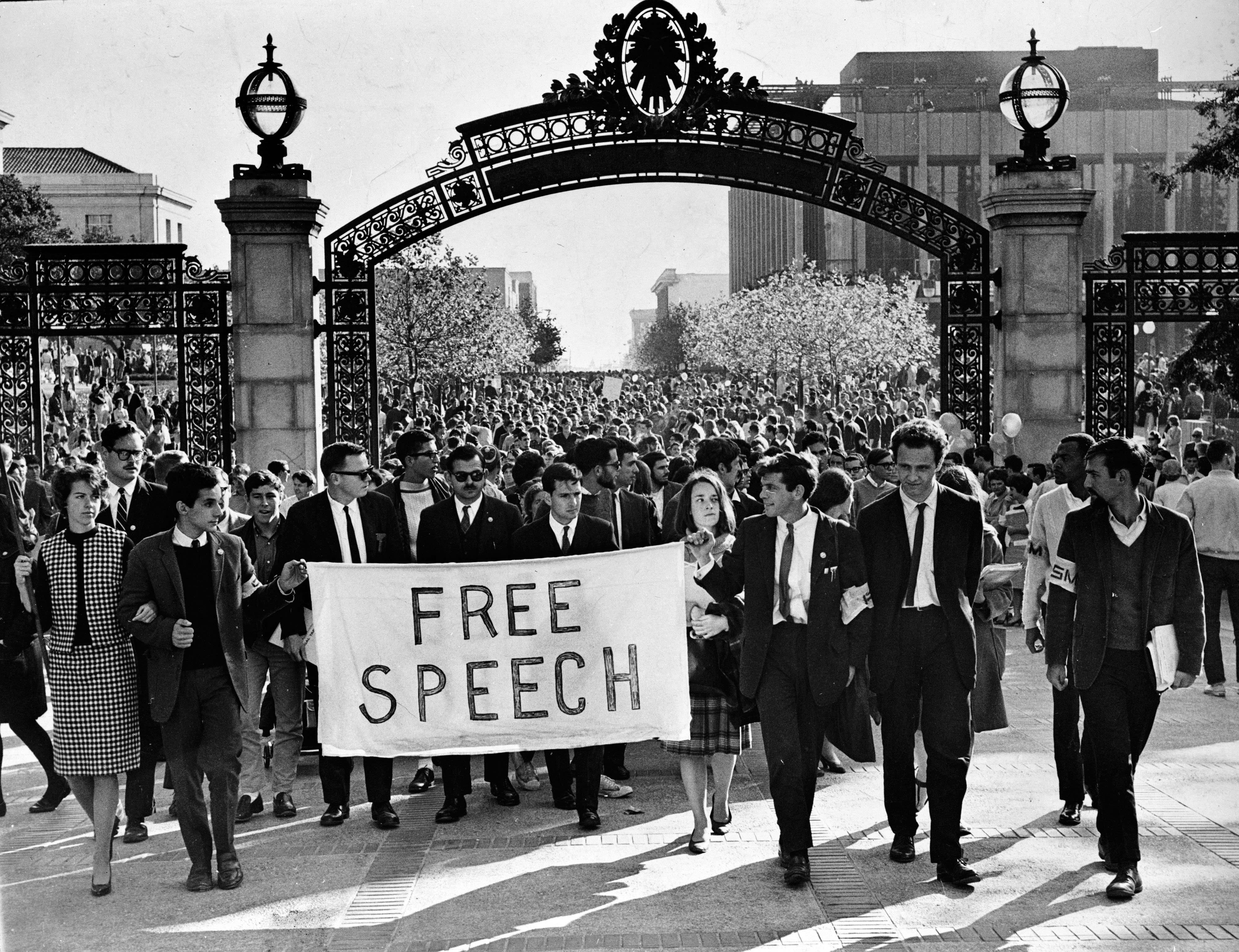The 1960s, a truly remarkable time, brought about big shifts in how people lived, what they believed, and, you know, even how they wore their hair. It was a decade where everything seemed to be moving at a fast pace, and men's hairstyles were right there, changing along with it all. Men’s hairstyle trends of the 1940s held steady through the 1950s and even into the 1960s, but they did not, however, leave the ’60s unscathed. This period, it's almost like, saw a quiet revolution happen right on top of men's heads, moving away from the very neat, tidy looks of earlier years.
You see, the sleek business side part, which was such a big deal for a long time, began to change quite a bit. It grew longer, shaggier, and then, rather suddenly, bangs began to fall into a man’s face. This rugged and slightly overgrown look, in a way, was a preview as to what was to come. It hinted at the bigger, bolder hair statements that would soon define the decade, moving away from strict formality and embracing a more relaxed, individual feel.
I mean, the ’60s and ’70s were truly revolutionary decades for hairstyles, and I was there to witness it all. From the sophisticated beehives that women sported to the completely new looks men were trying out, hair became a powerful way to express who you were. The 1960s was a decade of profound cultural change, and hairstyles for men were no exception. As various subcultures emerged, so did a bold array of hairstyles that reflected the spirit of those times, basically making hair a visible statement of identity.
Table of Contents
- An Introduction to the Big Hair Shift
- The Side Part: From Neat to Natural
- The Mop Top: A Musical Revolution
- The Enduring Pompadour: A Fading Roar
- The Rise of the Afro: A Powerful Statement
- Longer and Layered Looks: The Pre-Hippie Vibe
- Influences Shaping Men's Hair in the 60s
- Why Did Hair Get Longer?
- Embracing the 60s Vibe Today
- FAQs About 1960s Mens Hairstyles
An Introduction to the Big Hair Shift
Men's hair in the 60's and 70's was a big thing, a really big thing. The decade started with a sort of carry-over from the neat, combed-back styles of the 1950s, like those worn by Paul Newman or James Dean in their earlier works. These looks were clean, often with a clear side part, and spoke to a sense of order and tradition. However, as the decade got going, a new feeling began to spread, and with it, a desire for something different, something more expressive, you know?
The cultural currents of the time, including new music and changing social norms, started to pull at these established hair conventions. What was once seen as proper began to feel a bit too rigid for many. So, the shift wasn't just about a new cut; it was a sign of a wider movement towards personal freedom and breaking away from old rules. This made hair a very visible marker of changing times, apparently.
This period saw a kind of slow, then fast, transformation. The initial changes were subtle, just a bit more length here, a little less gel there. But pretty soon, these small changes snowballed into truly iconic looks that are still recognized today. It’s fascinating how something as simple as a haircut can tell such a big story about a whole decade, actually.
The Side Part: From Neat to Natural
The side part was definitely a staple for men in the early 1960s, a direct descendant of the clean-cut styles that ruled the previous decades. Think of the "Mad Men" inspired looks; they really capture that initial polished, almost corporate feel. It was short on the sides, a bit longer on top, and carefully combed over, often with a touch of product to keep everything in place. This look conveyed a sense of seriousness and professionalism, you know, something you'd wear to the office or a formal gathering.
But as the decade moved forward, this very same side part began its transformation. It started to loosen up, becoming less defined and more natural. The hair wasn't cut quite as short on the sides, and the top grew out a little more. This meant that the hair had more movement, and it didn't need to be plastered down with as much product. It was a subtle shift, but a significant one, hinting at a desire for less rigidity, basically.
Then, by the mid-60s, the side part often became shaggier, almost disappearing into a more casual, flowing style. Bangs, which were pretty much unheard of for men in earlier decades, began to fall into a man’s face, changing the whole silhouette. This more relaxed side part, still present but less strict, really reflected the general loosening of social norms and a growing preference for comfort and individuality. It was, in some respects, a quiet rebellion in plain sight.
The Mop Top: A Musical Revolution
The mop top, oh boy, that was a game changer. Maybe the first proper mod hairstyle, this look truly shook things up and became a symbol of a whole new generation. It was popularized, as many know, by The Beatles, and when they hit the scene, their hair was as much a part of their image as their music. This style featured hair that was longer on top and around the ears, often with bangs that fell over the forehead, creating a distinct, rounded shape. It was a clean but youthful look, completely different from the short back and sides that most men had been wearing, honestly.
The mop top was more than just a haircut; it was a statement. It represented a break from the past, a youthful energy, and a connection to the burgeoning rock and roll music scene. Young men everywhere wanted to emulate their idols, and barbers suddenly had to learn a whole new way of cutting hair. It was a bit of a shock to older generations, but for the youth, it was cool and fresh, you know?
This style, with its longer length and softer edges, paved the way for even more adventurous hair choices later in the decade. It showed that men could have hair that wasn't just functional but also fashionable and expressive. The mop top, really, was a huge step in changing public perception of what was acceptable for men's hair, and it set the stage for the wilder styles that were still to come, like your, the longer, flowing looks.
The Enduring Pompadour: A Fading Roar
While new styles were emerging, the pompadour, a classic from the 1950s, still had its place in the early 1960s. This look, characterized by hair swept upwards and back from the forehead, creating a prominent roll, was synonymous with rock 'n' roll legends like Elvis Presley. It was a powerful, rebellious statement in the previous decade, and some men still held onto it as the 60s began, especially those who liked that sort of rugged, cool image, you know?
However, as the decade progressed and new musical influences took hold, the pompadour began to lose some of its earlier shine. It didn't disappear completely, but it certainly became less dominant. The extreme height and slickness started to give way to slightly softer versions, or it was combined with other emerging trends. It was still around, but it felt a little less cutting-edge compared to the mop top or the longer, shaggier cuts that were gaining popularity, you know?
For some, the pompadour remained a symbol of a particular kind of masculinity, a sort of timeless cool. But for many others, it was a style that belonged to a different era. Its continued presence, even in a diminished form, just shows how deeply ingrained some trends can become before they eventually fade or transform. It’s like, a last stand for a classic look, basically.
The Rise of the Afro: A Powerful Statement
The 1960s was a time of immense social change, and the Civil Rights Movement played a truly vital role in shaping culture, including hairstyles. It was during this period that the Afro emerged as a powerful, symbolic hairstyle, particularly within the Black community. This style, where natural hair is allowed to grow out into a large, rounded shape, became a profound statement of pride, identity, and resistance. It was a deliberate rejection of European beauty standards that had often dictated hair straightening, you know?
The Afro was more than just a look; it was a political statement. It celebrated Black heritage and natural beauty, becoming a visible symbol of the "Black is Beautiful" movement. It was worn by activists, artists, and everyday people who wanted to express their cultural pride and solidarity. This was a truly revolutionary shift, as it challenged long-held notions about hair and beauty, apparently.
Its emergence showed how deeply connected personal style could be to wider social and political movements. The Afro was bold, it was unapologetic, and it commanded attention. It represented a powerful assertion of identity and freedom, and it left an indelible mark on the decade's fashion landscape. It was, in a way, a crown of self-acceptance, honestly.
Longer and Layered Looks: The Pre-Hippie Vibe
As the 1960s progressed, especially towards the latter half, hair for men started getting noticeably longer. This wasn't just about the mop top; it was about a more general move towards greater length and texture. The sleek business side part, as we said, grew longer, shaggier, and bangs began to fall into a man’s face. This rugged and slightly overgrown look was a preview as to what was to come, a kind of bridge to the truly long hair of the 1970s, you know?
One notable example of this trend was the Steve Marriott layered cut. Similar to the mop top, but with more distinct layers, it landed somewhere in between a long-haired lover from Liverpool and a more structured, yet still flowing, style. This cut gave hair movement and volume without being overly neat. It was a casual yet stylish choice, often seen on musicians and those who were part of the burgeoning counter-culture, basically.
These longer, layered styles were a clear departure from the short, disciplined cuts of earlier decades. They reflected a growing desire for freedom and a less constrained appearance. They were, in a way, a precursor to the truly free-flowing, often very long hair that would become synonymous with the hippie movement. It was all about letting your hair do its own thing, more or less.
Influences Shaping Men's Hair in the 60s
The 1960s men's hairstyles were influenced by a number of factors, creating a truly diverse range of looks. The rise of rock and roll music, for instance, played a huge part. Bands like The Beatles introduced the mop top, which quickly became a global phenomenon, changing the face of men's fashion overnight. Their music and their look went hand in hand, inspiring millions of young men to grow their hair longer and embrace a new aesthetic, you know?
Beyond music, major social and political events also left their mark. The Vietnam War, for example, contributed to a sense of rebellion and anti-establishment sentiment among young people, which often manifested in rejecting traditional appearances, including short, military-style haircuts. Growing hair longer became a quiet form of protest, a visual sign of dissent, apparently.
The Civil Rights Movement, as we touched on, was another powerful force. It spurred the adoption of the Afro, a style that was deeply rooted in cultural pride and identity. Actors like Paul Newman and James Dean, even from their earlier works, also played a role in setting trends, with their effortlessly cool, slightly disheveled looks influencing many. Their style, while still somewhat neat, had a ruggedness that appealed to a generation looking for something more authentic. Discover the iconic 1960's men hairstyles that shaped the decade, and you'll see these influences at play. You can also learn more about fashion trends on our site.
Finally, the emergence of various subcultures, such as the Mods and later the Hippies, brought their own distinct hair trends. The Mods favored sharp, tailored looks with specific cuts like the mop top, while the Hippies embraced very long, natural, and often unkempt hair as a symbol of their counter-culture ideals. These groups, in a way, pushed the boundaries of what was considered acceptable, expanding the range of men's hairstyles significantly. It was, like, a whole new world opening up for hair, honestly.
Why Did Hair Get Longer?
The question of "Why did men grow their hair?" in the 1960s is a really interesting one, and it goes beyond just wanting a new look. In particular, the style and length of men's hair became a powerful symbol of the cultural shifts happening all around. As the decade moved forward, there was a growing desire for personal expression and a rejection of the strict conformity that defined earlier times. Long hair, in a very visible way, represented freedom and individuality, you know?
It was also a reaction against the established norms and institutions. Short hair was often associated with the military, with corporate life, and with traditional authority figures. By growing their hair longer, young men were subtly, or sometimes not so subtly, challenging these norms. It was a way to differentiate themselves from their parents' generation and to show allegiance to new ideas and movements, apparently.
The influence of rock and roll music, as we've discussed, was undeniable. Musicians with longer hair became idols, and their fans naturally wanted to emulate their look. This created a ripple effect, making longer hair more socially acceptable and even desirable. It was a trend that started with a few, then spread like wildfire, becoming a defining characteristic of the era. So, it was a mix of cultural rebellion, artistic influence, and a general desire for something new, basically.
Embracing the 60s Vibe Today
Step back in time and embrace the retro charm of 1960s men's hairstyles. While the decade's looks were very much a product of their time, many of these styles still hold a certain appeal and can be adapted for modern wear. From the sleek and polished Mad Men-inspired looks of the early 60s to the rebellious rock 'n' roll styles and the later, longer cuts, the 1960s offered a truly wide array of choices for men's hair, you know?
If you're looking to capture a bit of that early 60s polish, a well-maintained side part with a bit of volume on top can still look incredibly sharp and sophisticated. It's a timeless look that works for many occasions. For something a little more adventurous, but still clean, the mop top, with its distinctive bangs and rounded shape, can be a great choice for those with thicker hair. It gives a youthful, artistic vibe, honestly.
For those who prefer a bit more length, exploring the layered cuts or even a subtle take on the shaggier looks can add a cool, effortless feel to your appearance. It's about finding the balance between retro inspiration and modern wearability. You can find and save ideas about 1960s male hairstyles on Pinterest, which is a great place to see how these looks are interpreted today. And if you want to explore more about how hair trends change, you can check out this page for other style inspiration and ideas to try.
The key to pulling off a 60s-inspired look today is often about adapting the core elements rather than a literal recreation. Think about the general shape, the length, and the overall feel. A slightly longer, more natural look, for instance, can nod to the later 60s without making you look like you just stepped out of a time machine. It's about taking inspiration and making it your own, basically. So, why not give it a try?
FAQs About 1960s Mens Hairstyles
What was the most popular men's hairstyle in the 1960s?
While the early 60s still saw a lot of neat side parts, the mop top, popularized by The Beatles, quickly became one of the most iconic and widespread men's hairstyles of the decade. It truly changed how men wore their hair, you know, making longer styles acceptable and even fashionable. This was a huge shift, actually.
Why did men start growing their hair long in the 1960s?
Men started growing their hair long in the 1960s for several reasons. It was a reflection of the decade's profound cultural change, including the rise of rock and roll music, which often featured musicians with longer hair. It also became a symbol of rebellion against traditional norms, a way to express individuality and align with counter-culture movements like the anti-war movement and the push for civil rights, you know, making a statement with your hair.
Who influenced men's hairstyles in the 1960s?
Many figures influenced men's hairstyles in the 1960s. Musicians like The Beatles were incredibly influential, popularizing the mop top. Actors such as Paul Newman and James Dean, while known for earlier styles, still had an impact with their effortlessly cool looks. The Civil Rights Movement brought the Afro into prominence, and various subcultures like the Mods and Hippies also introduced their own distinct hair trends, basically, a lot of different people and movements played a part.



